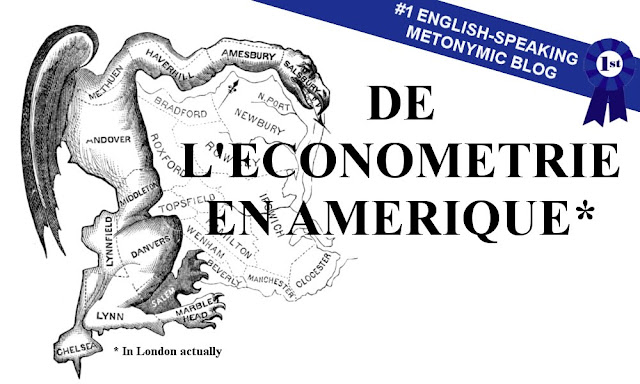English people like to live in individual one-floor-high English houses with English gardens in 50-English-unit-of-measurement-wide streets. It is hard to see what they get out of that, but never ending cities, expensive real estate, and 2 hours trips in the suburbs before being able to reach a highway. It is easier to undersand what this blog can gain from it.
For the occurence of trips in buses creates a craving for anything in a position to occupy the mind which is more easily satisfied in urban landscape. For the sake of clearness, we will restrict this analysis to blue walls with peaks. Indeed, somewhere in the londonian suburbs, there is a blue blank wall in which a bunch of horizontal landings are embedded. This wall could therefore easily be climbed, hadn't the city council (or anybody else) display peaks on each horizontal surface. We can assume that the peaks are there in order to deter people from climbing to the top (although we cannot exclude other explanations) and avoid the accidents of people falling. The peak strategy is of course understandable, but, on the other hand, such peaks make the climbing more difficult, hence increase the probability of falling (if not the damage of one fall, but in order to have a clear measurement of the danger, we will restrict ourselves to the probability of falling). So should the city council put peaks on its wall? And if so, how many?
A easy way to adress the problem is to recognize its price-quantity dilemma nature.
Indeed, the probability of falling can be thought of as a price in reaction to which people on the demand-for-wall-climbing side make their decision of climbing the wall. We will assume that climbing walls is fun, but that people do not value the climbing equally, and do not arbitrate between the risk of falling and the pleasure of climbing in the same way, depending on their risk aversion and their wall tastes. We will also assume that the decision to climb the wall is individually decreasing with its price/probability of falling (no challenge effect or, equivalently, climbing wall is not a luxury good). We then have a strictly decreasing demand function.

The number of falls, provided a sufficient number of people to apply the law of large numbers, is then the probability of falling times the number of persons climbing the wall, which can be represented graphically by the area of a rectangle.
Let us assume now that the information is perfect, so that the city council can perfectly set the probability of a fall, for instance by displaying peaks on the wall, or by any other mean available (including means which would decrease the probability by increasing safety), and that the climbers can accurately and with no mistake deduce the real danger (assimilated to the probability of falling) from the view of the wall.
The problem becomes easily assimilated to a choice of price by a monopoly, or the choice of a tax rate by a government. Except that if the city council now assigns itself an objective of minimization of the falls, the objective is in this analogy to minimize the profit, or the revenue of taxation. The graphic of the problem will therefore lead to a Laffer Curve of a particular type, namely a Faller Curve, displayed below.

So how dangerous should the city council make the climbing? The answer is quite intuitive: the most dangerous they can, in order to deter everyone from climbing (or more rigorously dangerous enough so that the marginal peak will have no impact on the will to climb) or the least they can. Exactly like a monopoly would be sure to make no profit by choosing an infinite price or by giving its production away for free.
Contrary to the maximization problem, and assuming that neither a riskless wall nor a wall no one would ever want to climb is possible, the city council faces a binary choice, between the riskest and the safest walls available. In order to choose between those two solutions, it needs to have some information about the risk elasticity of the citizens, as in the usual Laffer Curve. If citizens are bold enough so whatever the danger, they will climb, the city hall may want to choose to improve safety up to what is possible. On the other hand, if people are very uncomfortable with the risk of falling, the minimizing solution will be to display as many peaks as possible.
Besides, we assumed incresing or decreasing safety was costless, but safety improvements at least, if not peak display, are likely to be costly. Which side of the curve the wall is initially on before any council intervention would then matter for the choice of the solution, as in the usual Laffer Curve.
Let us conclude by noticing that the maximisation of the surplus of the climbers would still lead to the minimization of the probability up to what is possible, even if this means more chance of falling and more aggregate falls, just as consumers are happier when goods are the least expensive : since we assumed perfect information, people would climb knowing the risk they take in doing so. The objective of the city council to minimize the number of falls is therefore questionable, as long as we assume perfect information and perfect knowledge of the risk by the climbers. So the problem revolves without surprise around the legitimacy of city council paternalism.
Let us not be too enthusiastic though. This analysis tells us nothing about how to spend the 6 hours left.
EDIT: I shall remind that the effect described in this post is traditionally referred to under a much duller name, thanks to Mr. Peltzman, who found his own appropriate enough.






